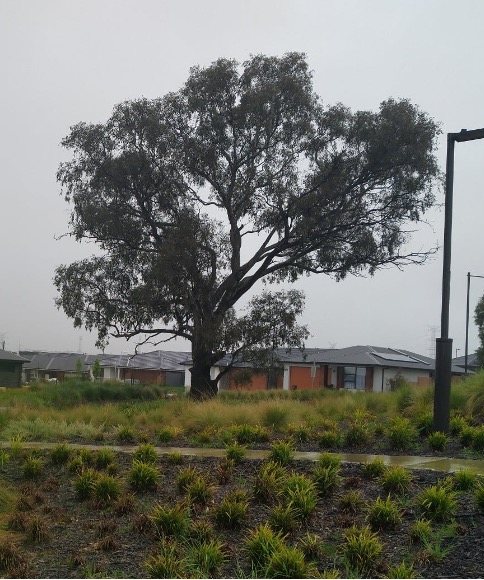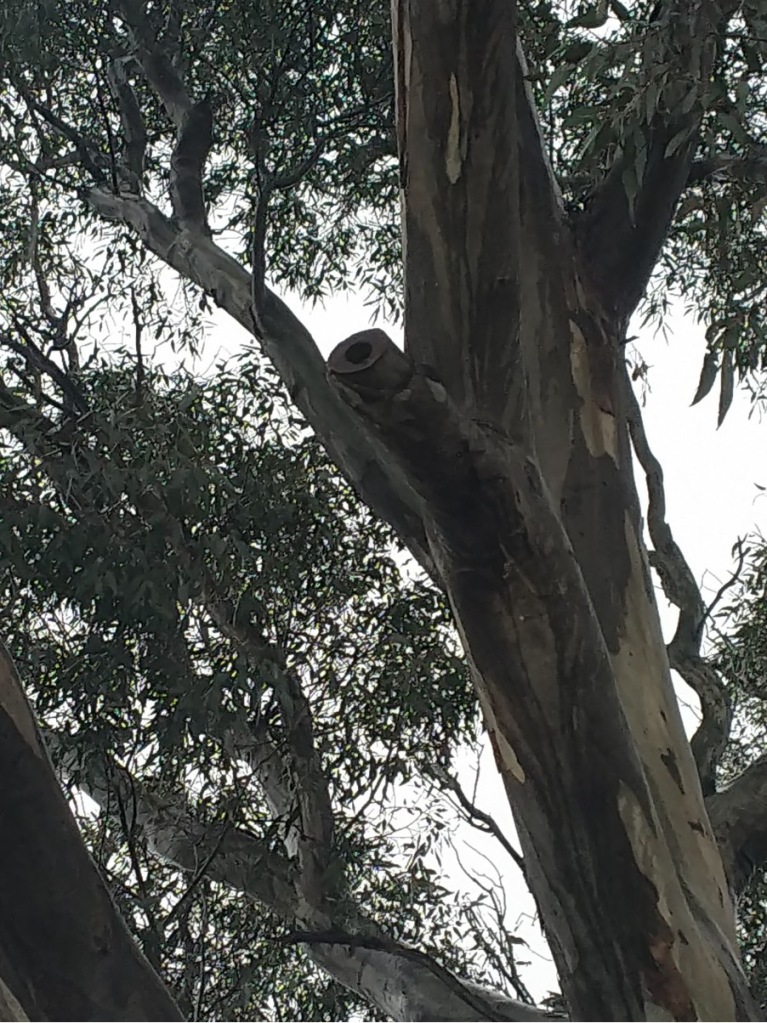Fran Hebblewhite, U7116369, words: 550
On a rainy October day, a group of ANU students went to Gininderry, Canberra with the intention of planting native plants in an urban park, only to get extremely wet. While we didn’t get to do our task, we learnt how biodiversity can be enhanced in urban spaces.
The problem: our cities are expanding
The world population is growing, and so are our cities. However, instead of becoming denser, many cities are expanding; urban area will increase by 1.2 million km2 by 2030. Urban expansion can occur when development is unnecessarily spread out by back yards or parking lots, or when developments are separated by areas of undeveloped land. The extent of expansion influences the size of the city’s environmental footprint.
City expansion is harming biodiversity
Urban environmental footprints include biodiversity loss; on top of the destruction of ecosystems and habitat, urbanisation can lead to habitat fragmentation, where habitat is split into smaller, disconnected areas. The resulting reduced amount and quality of habitat means that urban-adject areas may only support small populations, and the species pool may be homogenized. Genetic drift and reduced gene flow can result from patch isolation and reduced habitat capacity. Fragmentation can also increase edge effects such as degraded soil quality, invasive species, and adverse microclimate conditions. Such impact of urban expansion on biodiversity indicates a need for balancing the demand for development with the need to manage biodiversity loss.
A solution: urban green space (UGS)
Including UGS in cities can help mitigate the impact of urbanisation on biodiversity. Specifically, greater size, quality, and quantity of urban green space can support endemic native species and species of conservation concern, which is enabled by the space’s vegetation. Therefore, the management decisions– including for types of understory, habitat removal, habitat structure simplification, and control measures (eg herbicides)- can determine the biodiversity benefits of UGS. However, given human proximity, such management decisions must balance human needs and expectations with ecological requirements, and therefore planning and management requires significant thought.
A case study of UGS in Ginninderry
Canberra is one area where urbanisation has impacted biodiversity, and has notably resulted in the fragmentation of populations that depend on mature eucalypts. Therefore, UGS, and its management, should be included in urban planning.
In Northern Canberra, the Gininderry housing development uses UGS to minimise the impact of development on the environment. Management activities include retaining mature trees and planting understory, as in image 1. These enhance biodiversity by providing habitat; planting can enhance understory volume and the proportion of native species, which can increase occupancy for many faunae, while mature trees are habitat for many species, as shown in image 2. However, given the young age of the development, the biodiversity benefits from these spaces are not yet clear.


The project has shown the importance of balancing human interests with ecological goals. Some management options conflict with residents’ expectations; deadwood can provide habitat, but residents harvest it for their personal use. By keeping this balance, conservation can be effective in cities.
Summary
Overall, it was interesting to see how Ginninderry is minimising its impact on biodiversity in a way that is feasible for an urban context, and it will be interesting to see results going forward.

It’s great to see that Ginninderry are trying to do some innovative things for biodiversity.